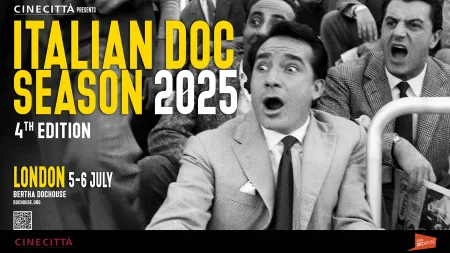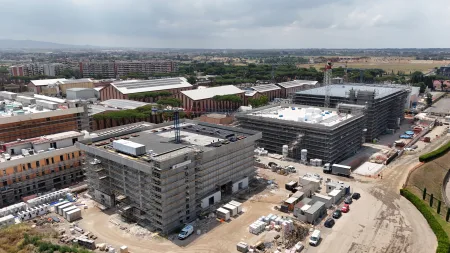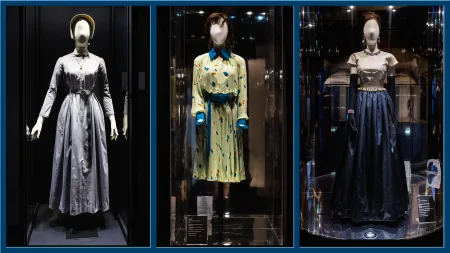11 November 2022
Comandante: with Cinecittà’s team for the submarine Cappellini
70 tons of steel for 73 meters in length: rebuilding the submarine required over 100 people

TARANTO – 70 tons of steel for 73 meters in length. Rebuilding the submarine Cappellini for the film Comandante was the last huge endeavor undertaken with the contribution of Cinecittà. The task required over 100 people and took place in record time: starting on May 23, 2022, and ending the same year at the end of October in Taranto, with the assembly and the actual ‘launch’ in the Arsenale basin. The final result, impeccably faithful to the original, excited everyone starting with the Navy housing the set.
At the base of the accomplishment were only photographs because no trace of the submarine model existed anymore. Compared to the German U-Boots, well-known worldwide through cinema, which are gray and lack finishing, the Italian submarines of the time were as elegant as ships. Among the many, there’s an idea to transform the sub into a naval history museum, installing multimedia devices once the film is shot.
The Cinecittà team is led by Simona Balducci, an architect working in the Via Tuscolana studios since 1999. “The first contact with the Comandante producers was when they came to Cinecittà and informed us they wanted to make a floating 73-meter submarine,” recalls Balducci, “A team of engineers and architects from a company involved in the construction on our behalf – Adamantis Ltd of Narni – produced the executive drawings, which starts from a main central structure, in practice a ‘backbone,’ anchored on floating pontoons. Then shaped metal sheets were attached to it. The Cappellini has a very particular structure, different from that of German or American submarines, making it impossible to use those normally used for filming. In the 1940s, only eleven of these submarines were built (Marcello Class, ed), aesthetically prominent, but not a single one is left today: nine were blown up during WW2, and two were dismantled at the end of the conflict.”
“After the drawings, a 3D model was built showing the different sections, the ribs, since the submarine is built like a ship,” continues the Cinecittà architect, project manager of the entire operation, “The film’s set designer Carmine Guarino provided us with the images and the volumes, then we brought the final design back to the Narni construction site, with quite a few problems to transfer it onto the metal sheets. In the past, these constructions were built with molds. We knew there surely would be a difference without the molds today, but luckily I convinced them that if the film’s main plot were the story of Commander Todaro, no one would notice it. The team fielded by Cinecittà for the reconstruction of the Cappellini engaged the carpentry department managed by Paolo Perugini, which works with DWG and 3D and numerical control machines; the painting department, headed by Walter Pennese, that can reproduce any texture, nuance, and patina; the mechanical, blacksmiths and scaffolding department led by Marco Giuliani, which created the stage elements (frames, platforms, etc.) and assembled the backdrops and the elements at height. In addition to its in-house teams, Cinecittà collaborates with a list of specialized companies for large-scale projects or when dealing with short-time deliveries”. Finally, Balducci concludes, “To cover the deck, we opted for larch, an Italian conifer, a choice motivated by the fact that Cappellini is from the last century, where no wood was imported as we do today.”



